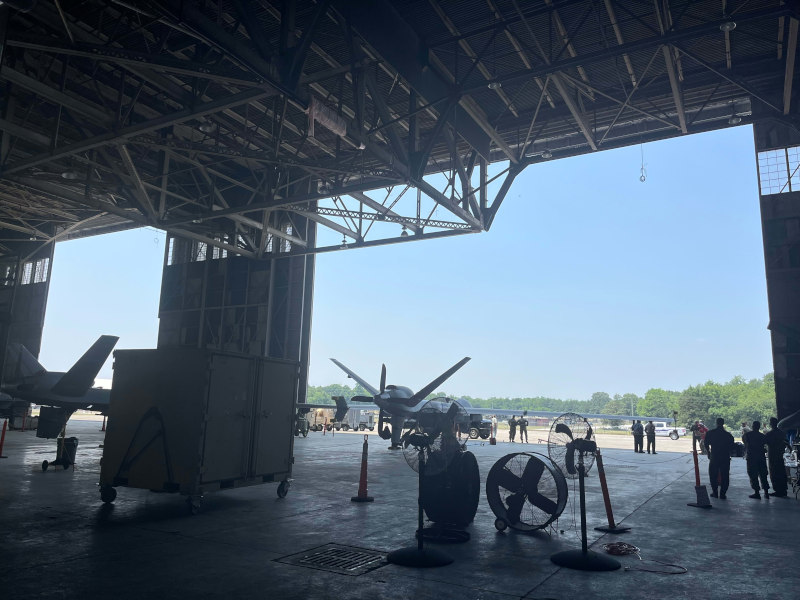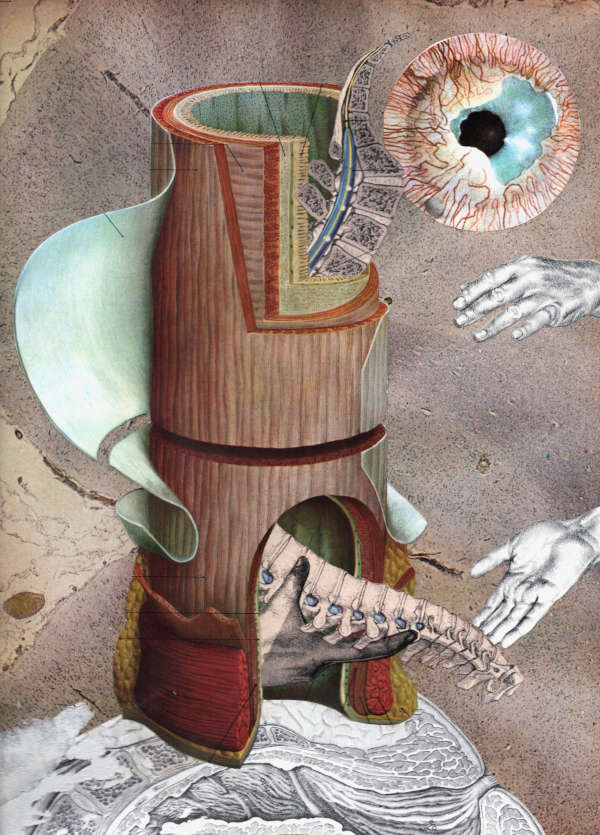A passage from the novel Hurricane Season by Fernanda Melchor reads:
La Matosa was slowly dotted once more with shacks and shanties raised on the bones of those who’d been crushed under the hillside; repopulated by outsiders, most of them lured by the promise of work, the construction of the new highway that was to run right through Villa and connect both the port and the capital to the recently discovered oil wells north of town, up in Palogacho, enough work for fondas and food stalls to start cropping up, and in time even cantinas, guest houses, knocking shops and strip clubs where the drivers, the travelling tradesmen and the day labourers would stop to take a moment from the monotony of that road flanked on either side by cane fields, cane and pastures and reeds filling every inch of land for miles and miles, in every direction, from the very edge of the tarmac to the low slopes of the sierra to the west, or running eastward to the coast, to its eternally raging waters. (2017: 25)
When the novel won the 2019 German International Literature Award, the jury called it “the novel of poverty in twenty-first-century global capitalism” (HKW 2019). If poverty feels central to this novel, I believe it is because it lays out the political economy of oil from the perspective of a site of extraction, exploring the violent and exploitative labour and gender relations that orbit and enable the production of the fuel of 20th-century capitalism. In other words, it is not poverty but rather capitalism in its oil-powered dimension that might be considered central, and poverty part of its social world. (read more...)








